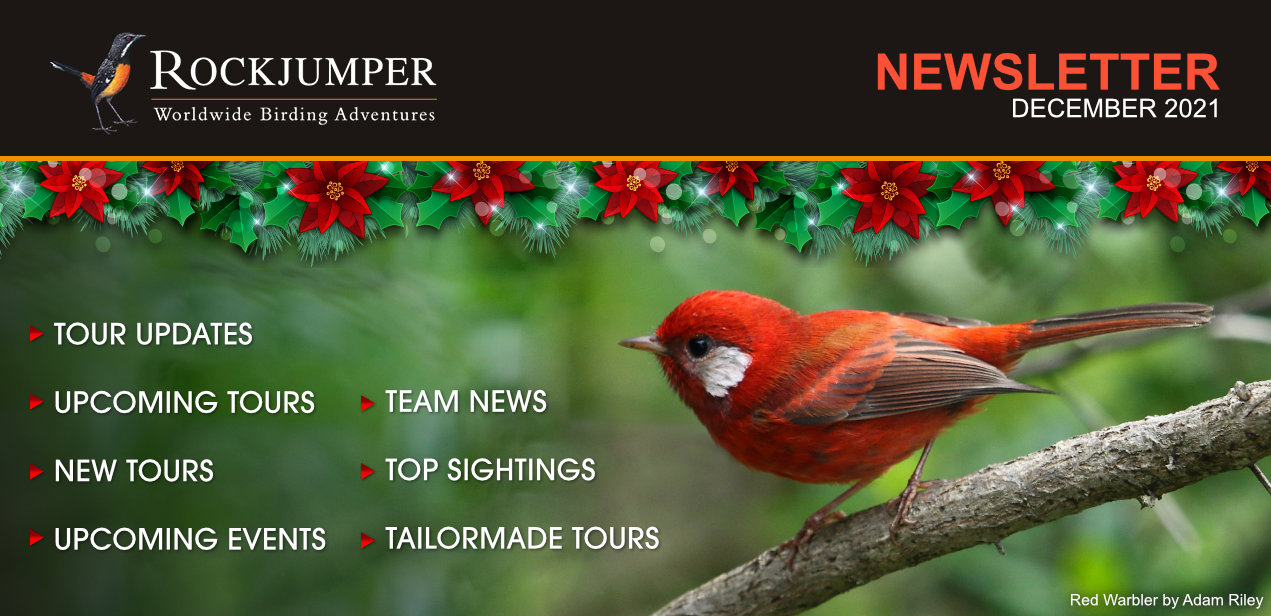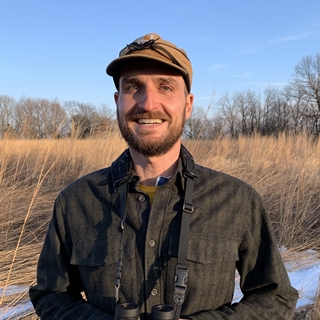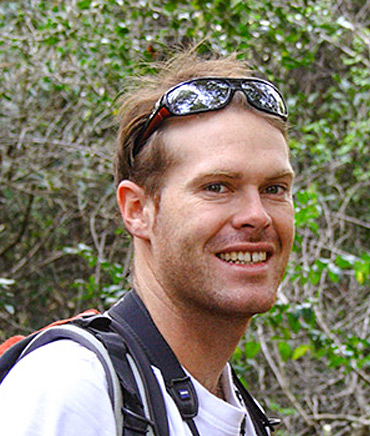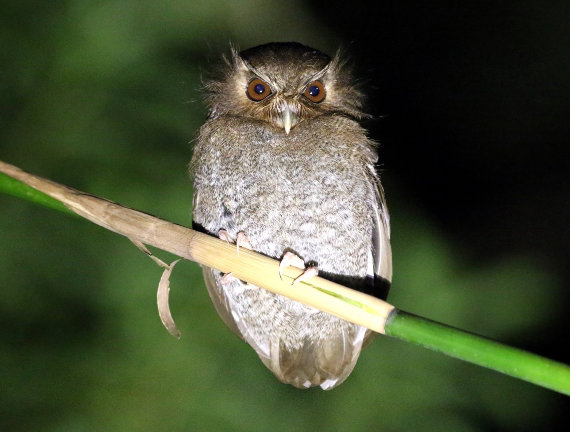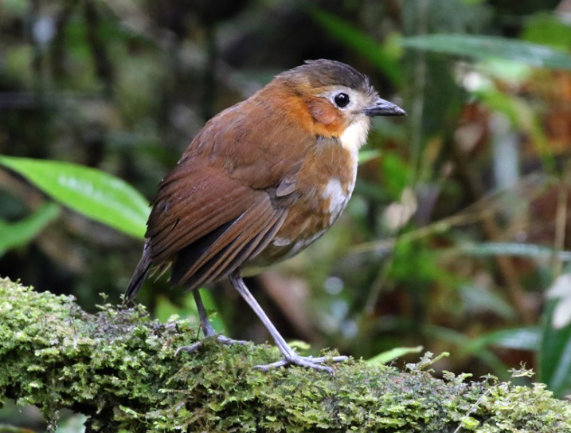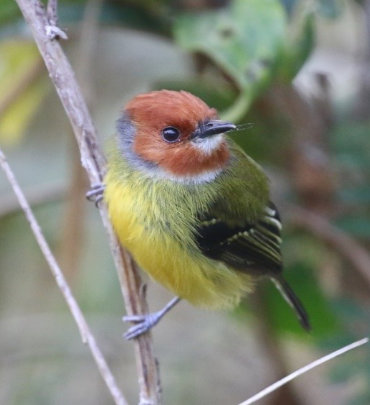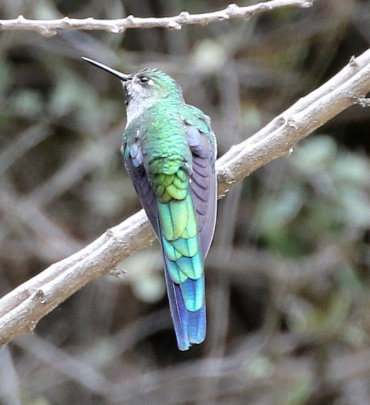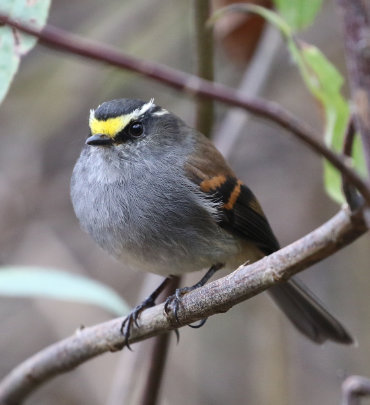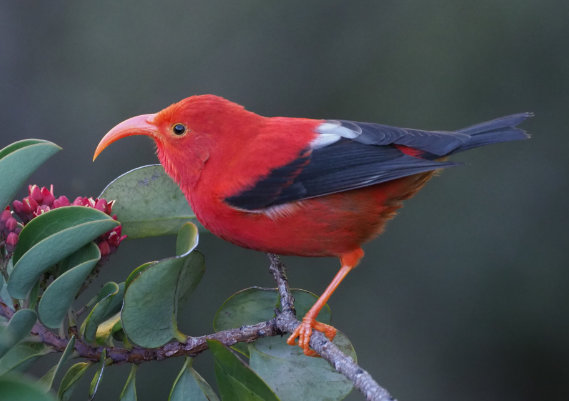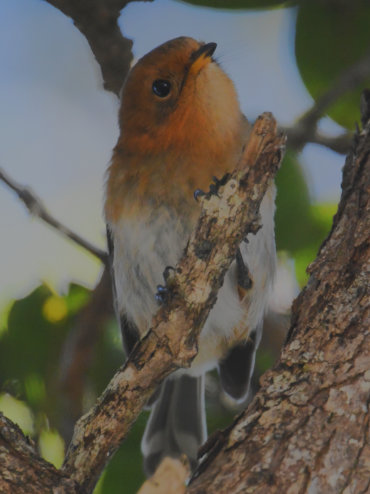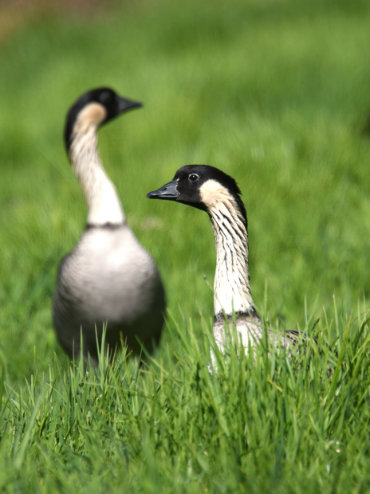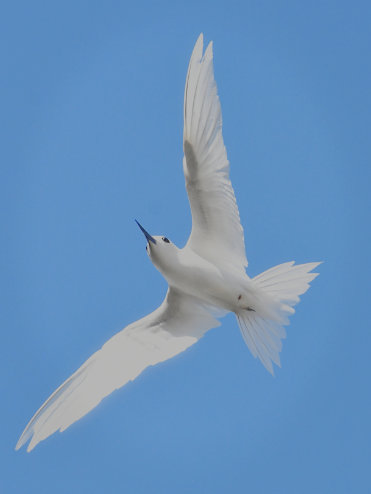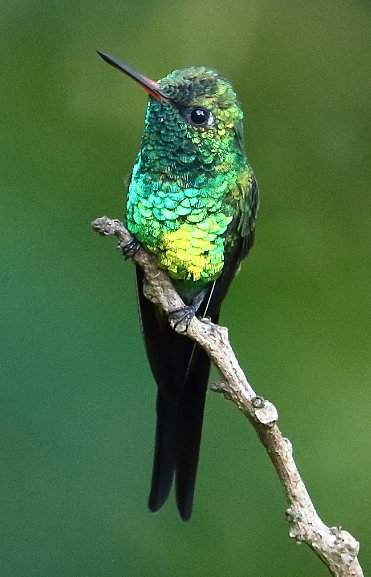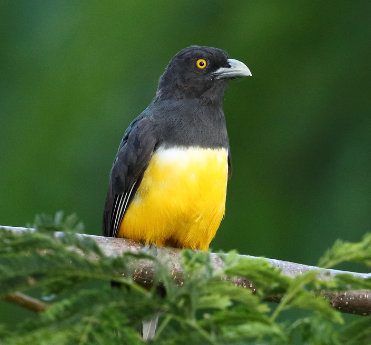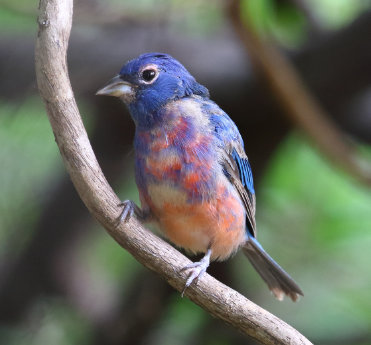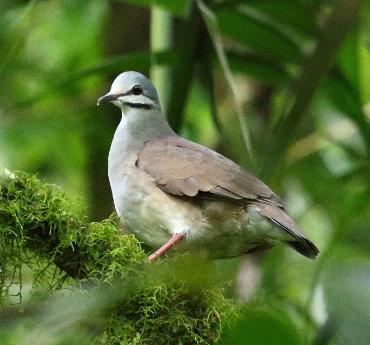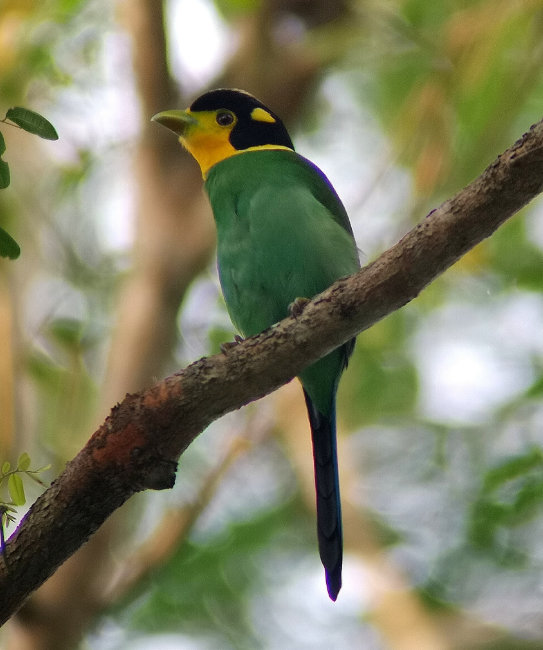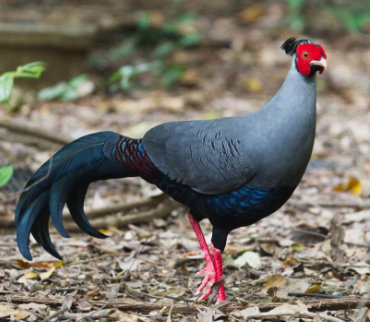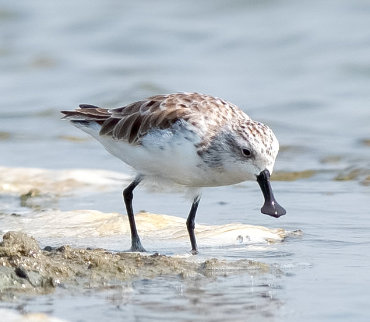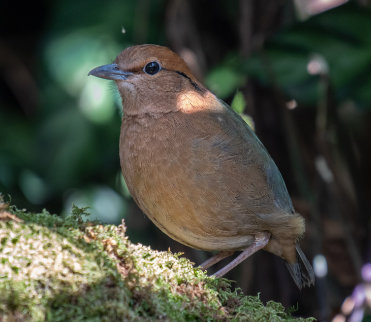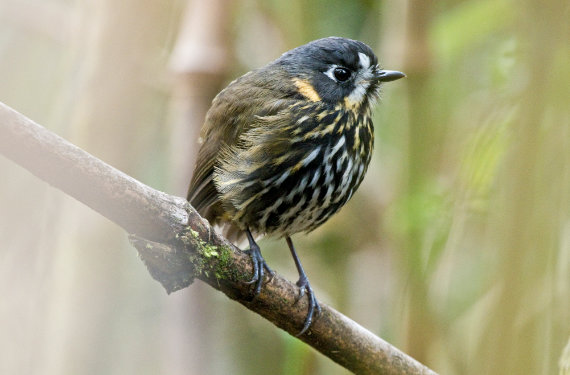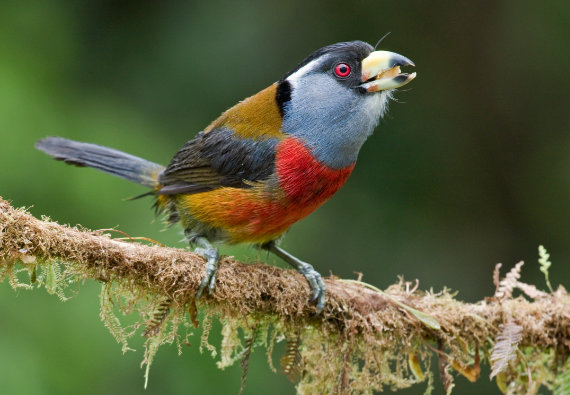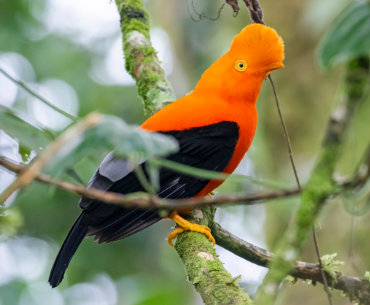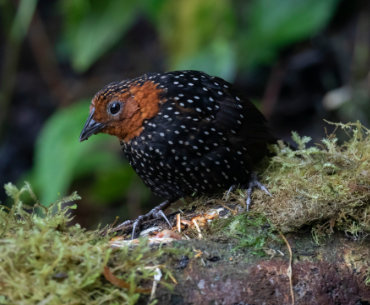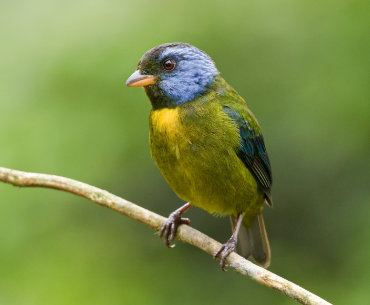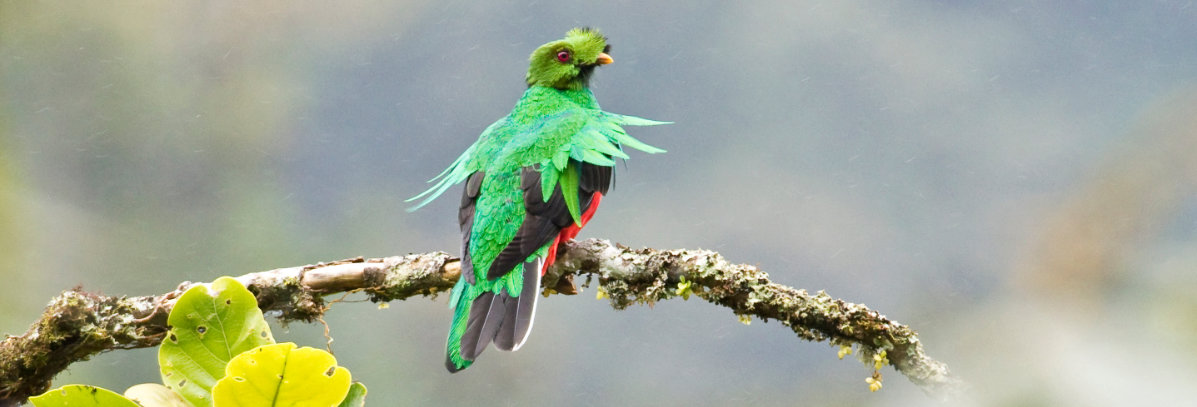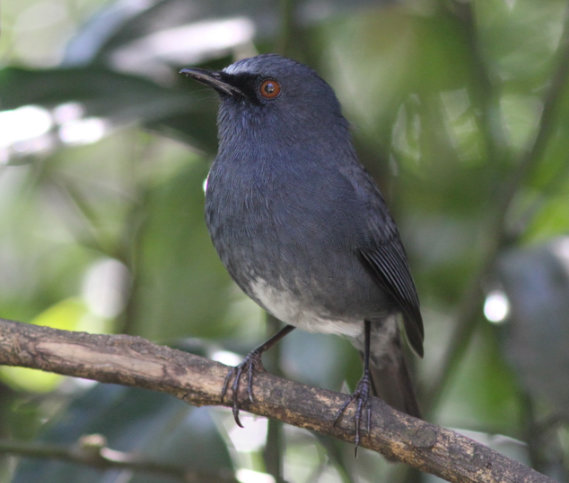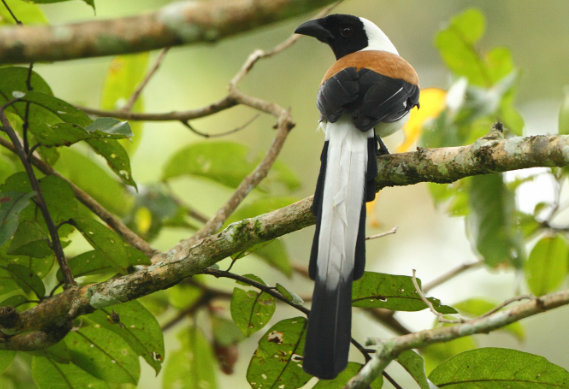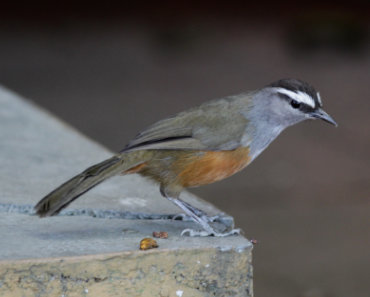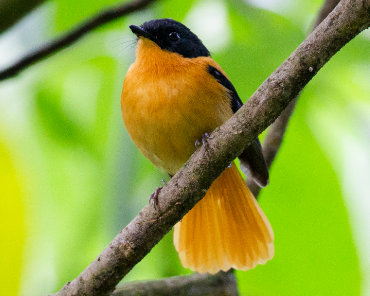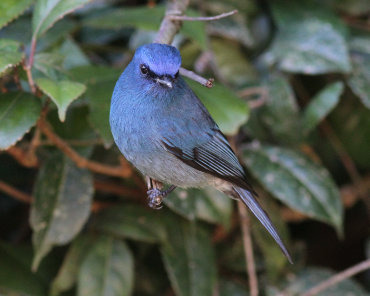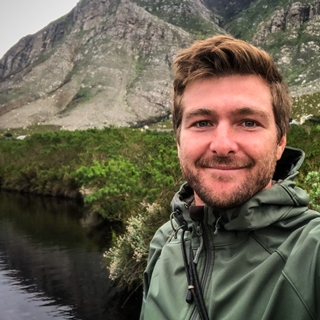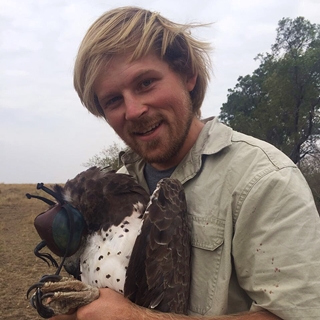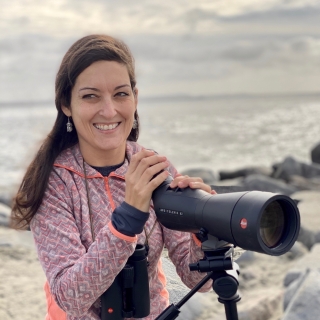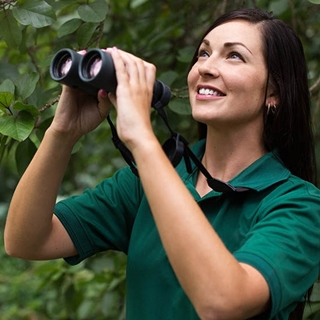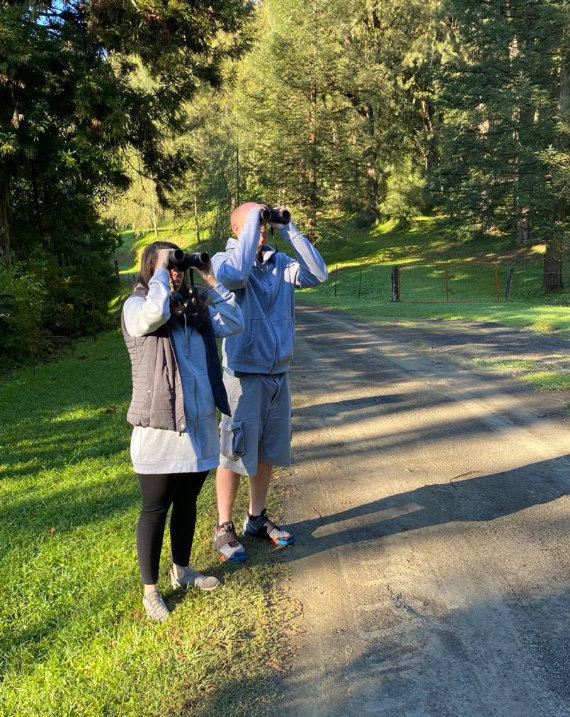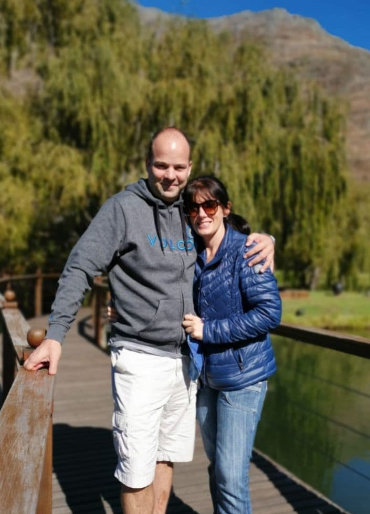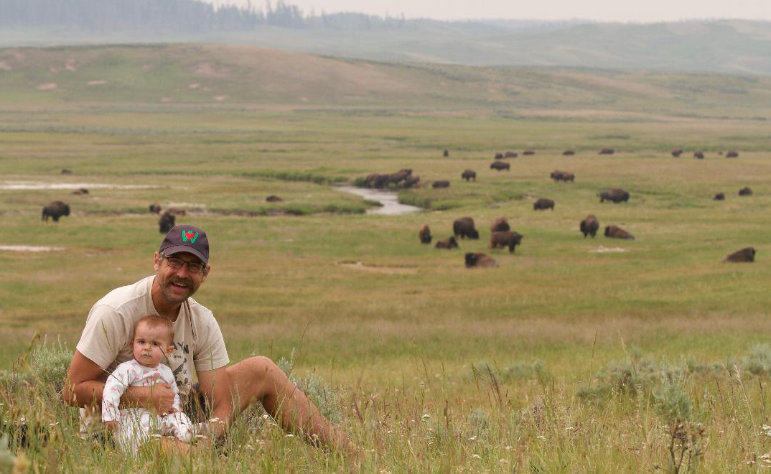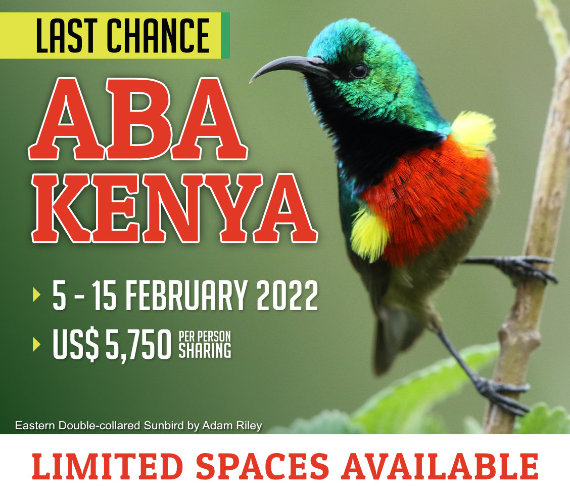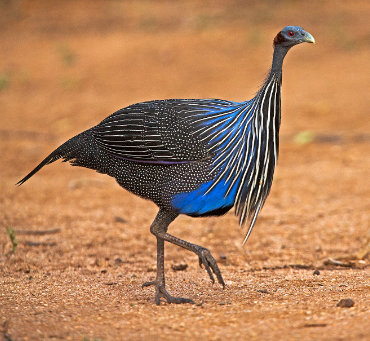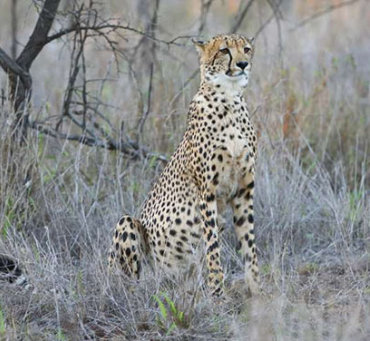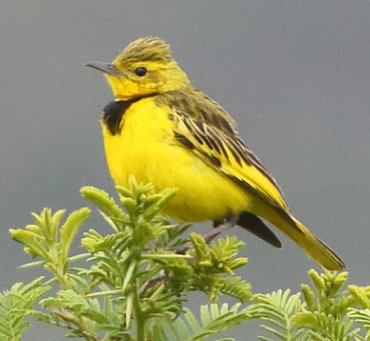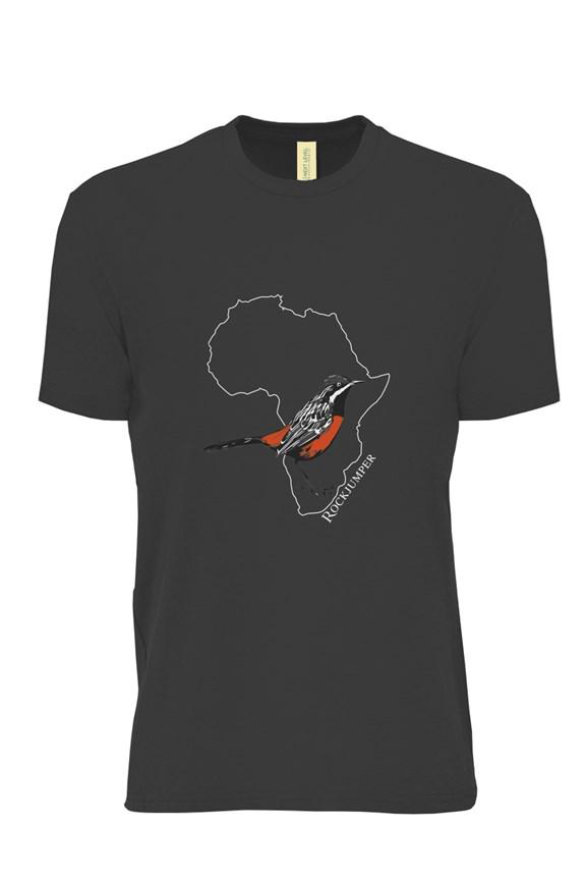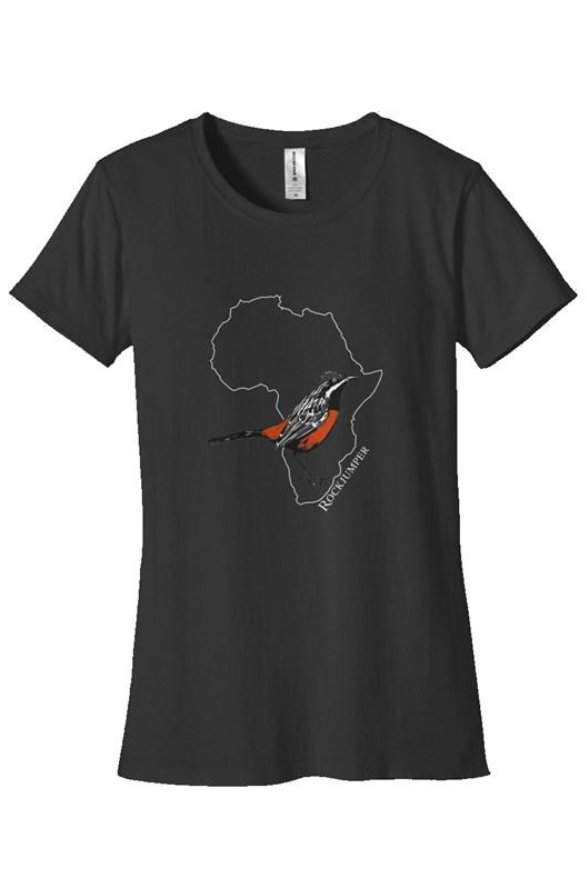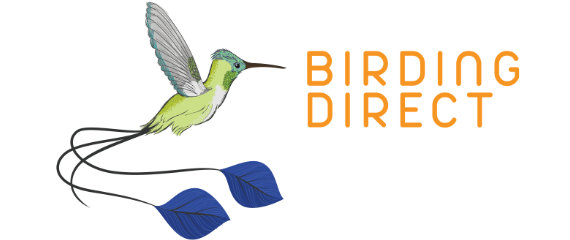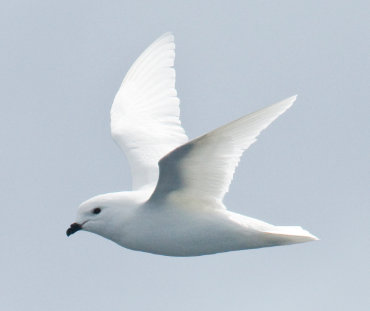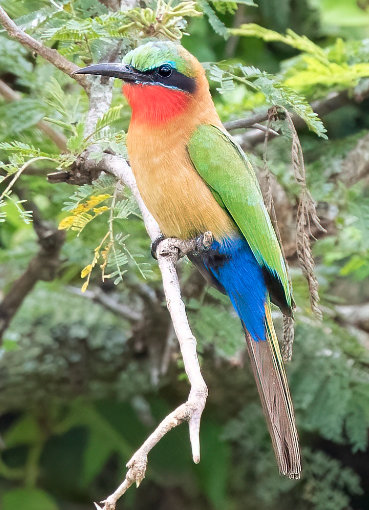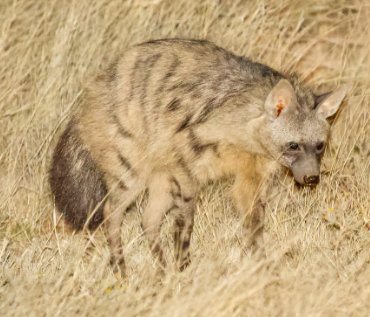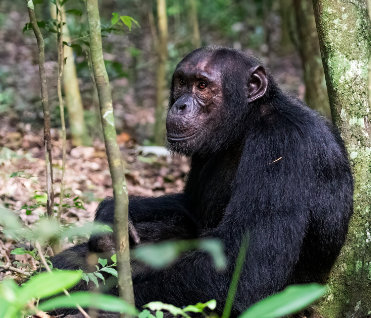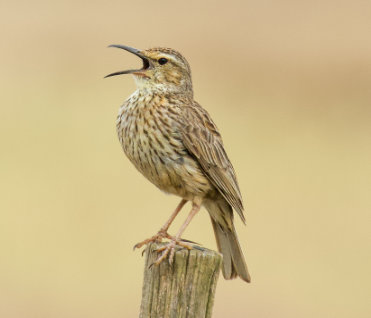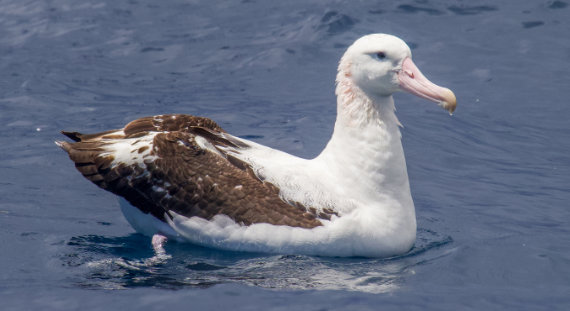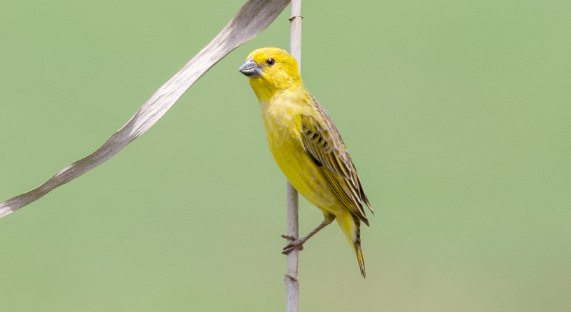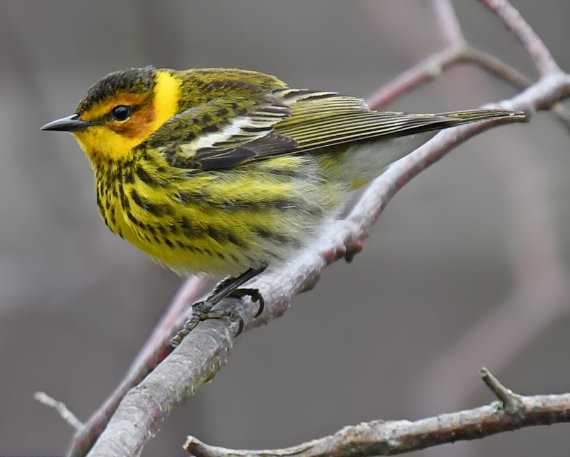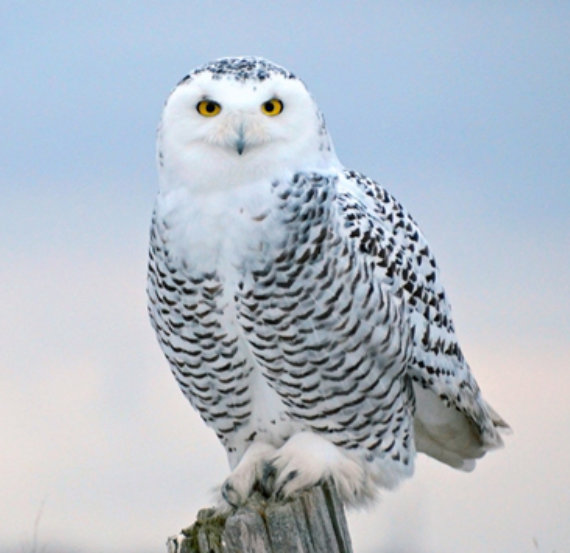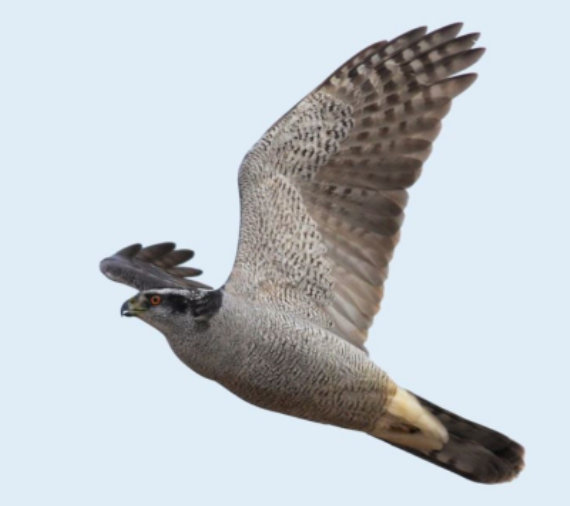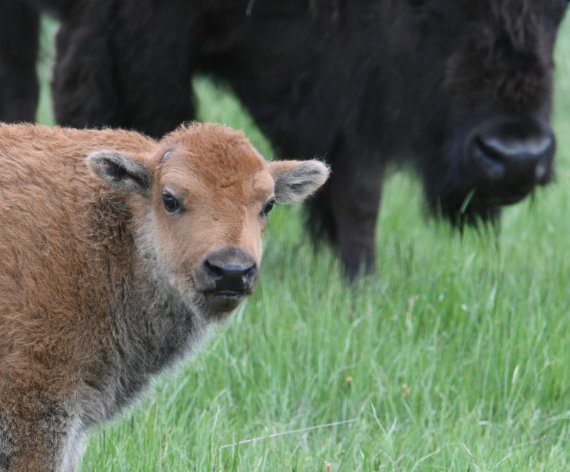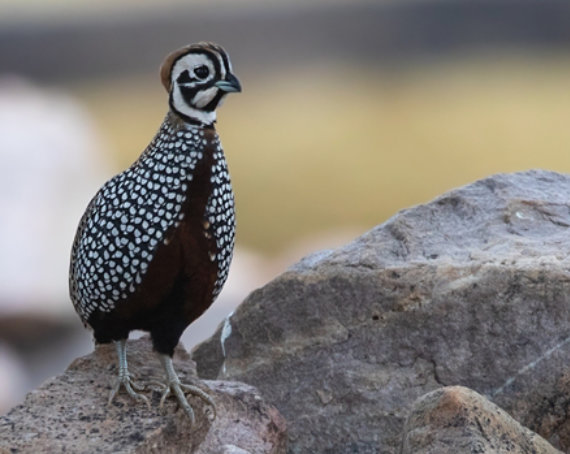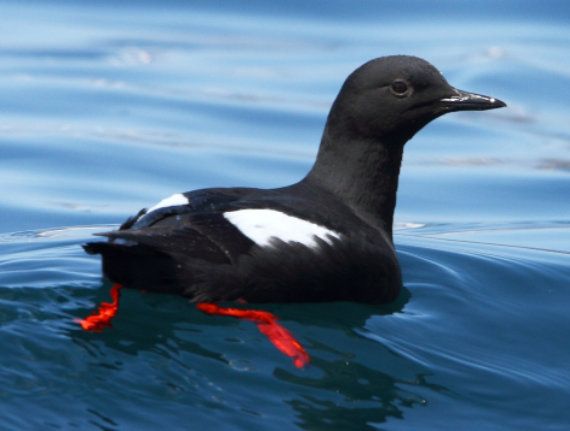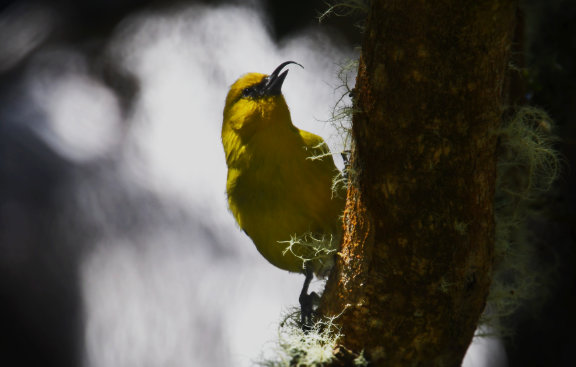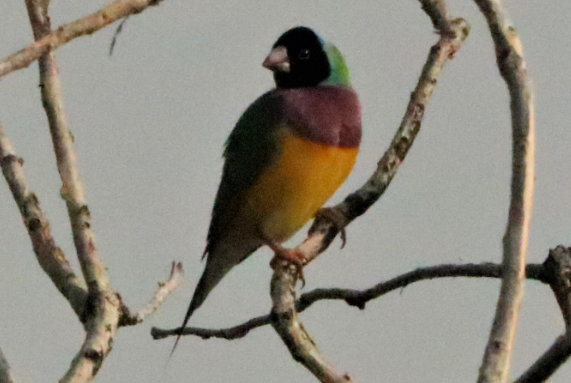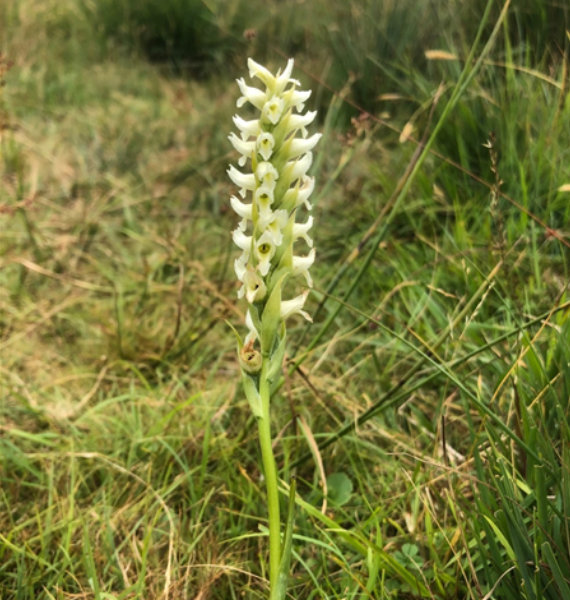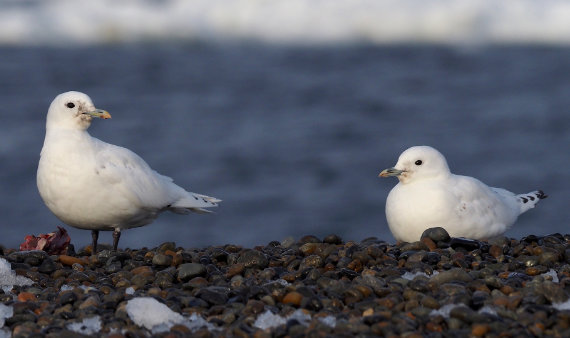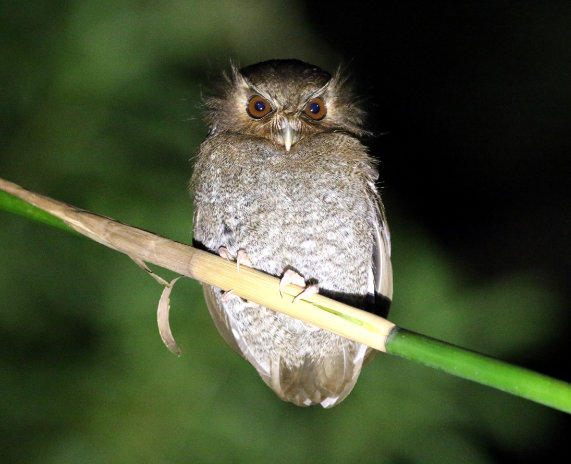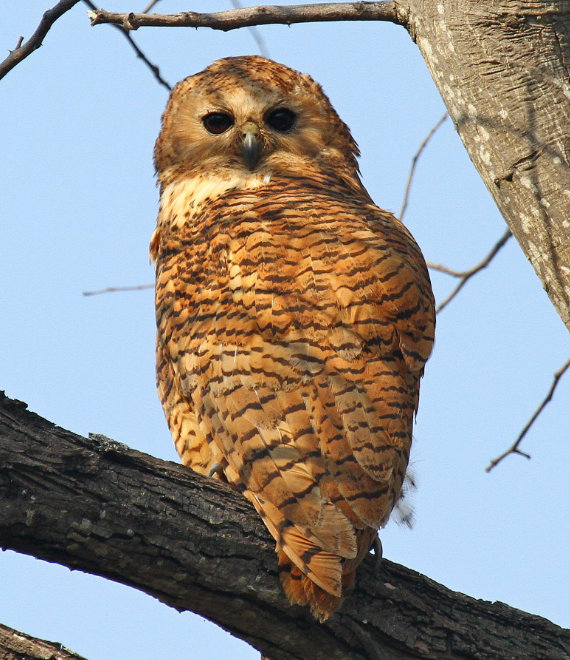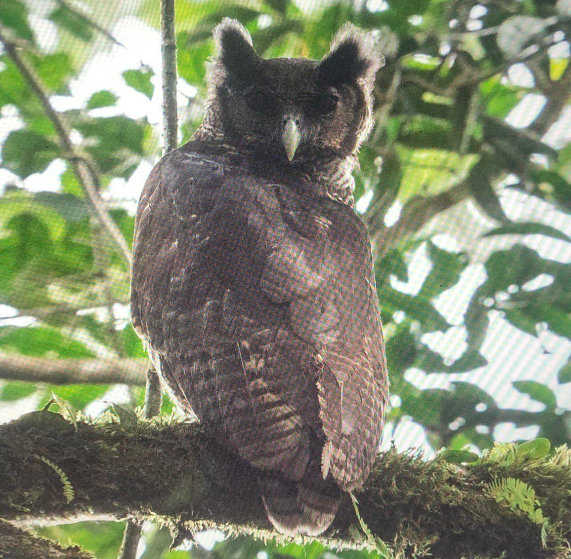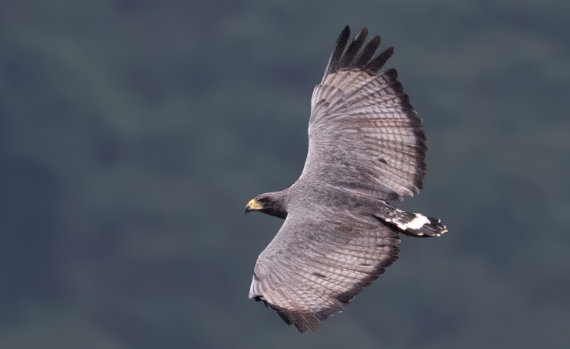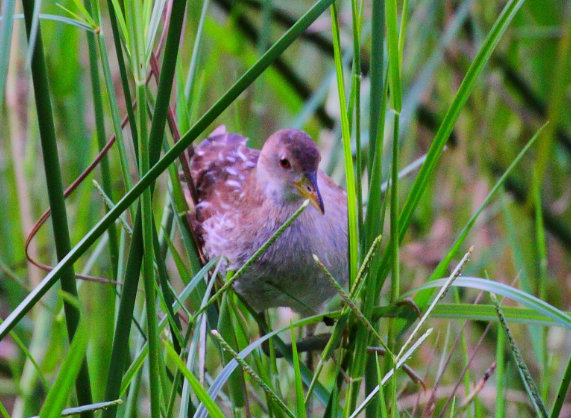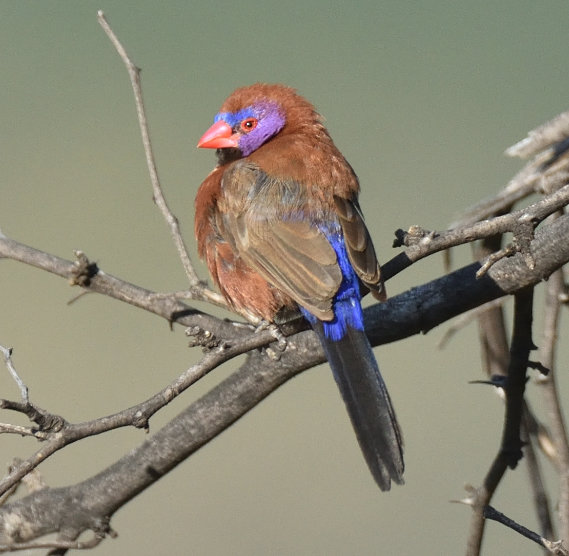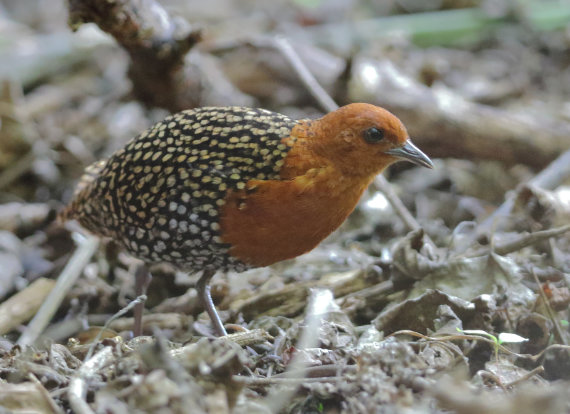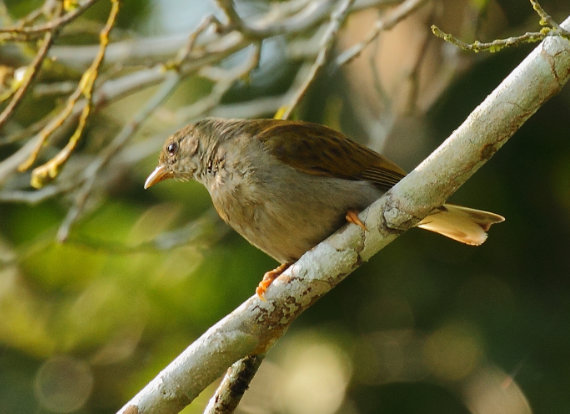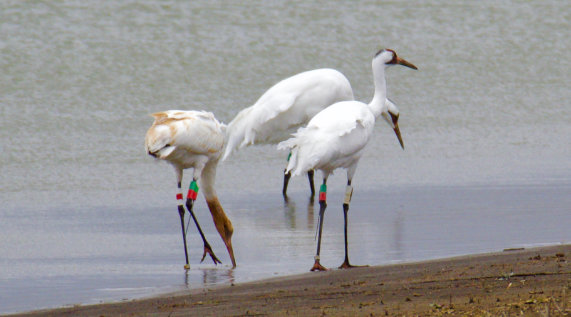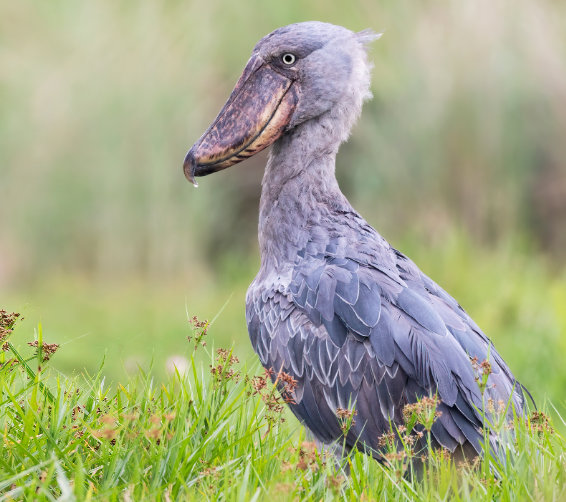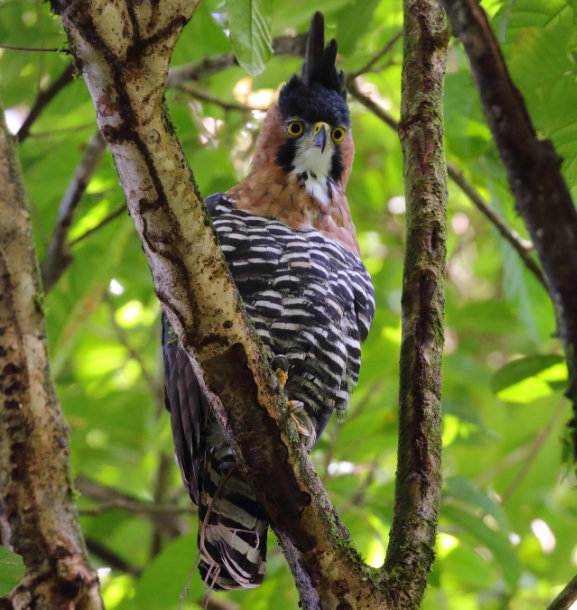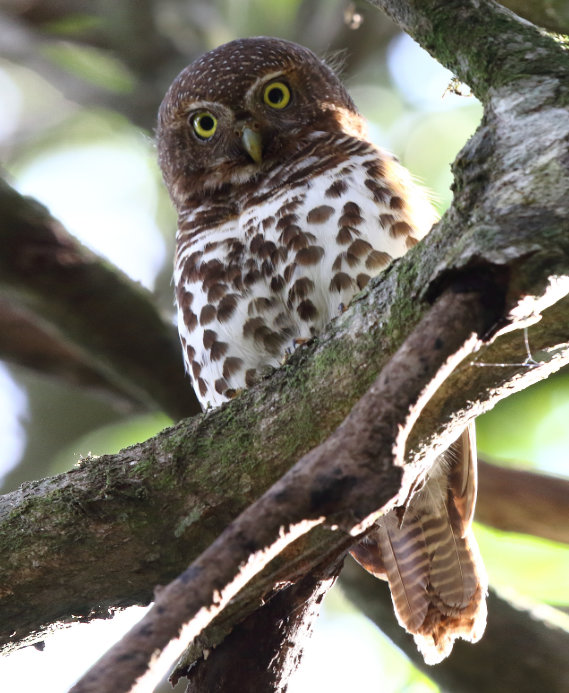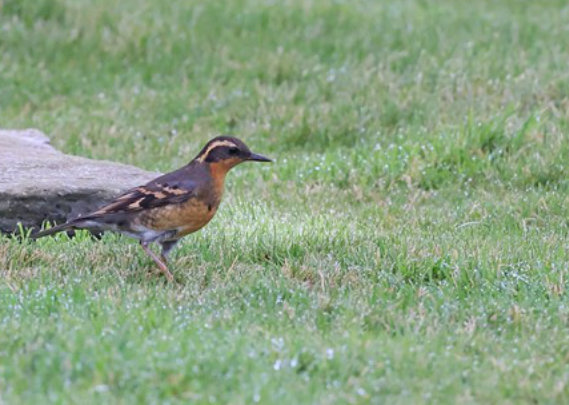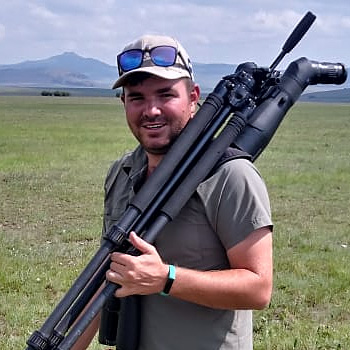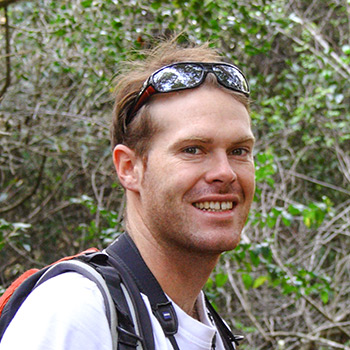Once he told us of his plan to call in and twitch the Varied Thrush on our way to back towards the airport I was full of excitement and anticipation, I mean who wouldn’t be, a totally unexpected life bird, one of the most spectacular members of the Zoothera thrushes on the planet – and we were going for it!
The following morning we arrived at the house in rural Minneapolis, it was surrounded by a large wooded garden which was decorated with an assortment of bird feeders. As we walked towards the house through deep crunching snow, numerous Juncos, Titmice and Nuthatches were zipping around, together with Northern Cardinal, American Tree Sparrow and even a couple of Hoary Redpolls – this was garden birding at a new level – it was like being in the proverbial sweetshop!
Settling down in comfy chairs with warm drinks and cookies, we eagerly awaited the arrival of the blue and orange dazzle of the Varied Thrush – the air of anticipation was palpable. Some 30 minutes later our local celebrity Zoothera had clearly not read the script and had still not appeared, to add to our nerves we were now perilously close to running out of time to get to the airport. The house-owner suggested that we put on our boots and walk around the edge of the property to see if we could locate the bird, which, we learnt had been present a good few days, and seen only 10 minutes before we arrived.
Setting off into the deep snow we got great looks at another Saw-whet Owl, roosting near some rubbish bins, and several noisy parties of Blue Jay, a handful of Pine Siskins and Hairy woodpecker, but no sign of any thrushes…As we walked around the corner of a tall stand of coniferous trees, the owner stopped abruptly, looked down, and then put his head in his hands, just like you see in a movie, but this was no movie, it was the gut-wrenching realisation that the bird we wanted to see so much was laying motionless in the snow a few yards away, and on closer inspection from Alex, minus its head, giving a clue to its feline killer, probably hiding in the nearby bushes – we were distraught and just couldn’t bring ourselves to look at this sad sight, a few yards away, and as the saying has it, so near and yet so far…
Fast forward around 5 years and we were heading to Colorado to see the lekking grouse, on a trip we lovingly named ‘the chicken run’. Two weeks before we landed in Denver, I’d seen on the local birding email group that a Varied Thrush had been present in a park around an hour from Denver airport, so this seemed to be THE best place to start our birding in Colorado, however, the thrush obviously knew I was coming, so rather incredibly departed the day before we got there – Gutted!
So, now to the present day, and a birder David Roche, who until the last few years was based locally to me. He’d been birding his new patch on the tiny island of Papa Westray in Orkney, off Northern Scotland, in the hope of finding a rarity, and given the gale-force westerly winds, a North American one too.
What he, nor any other British birder was expecting him to discover was a stunning first-winter male Varied Thrush; 40 years since the last and only record, and the stuff of legends, I can tell you that when the news broke, I knew I had to go, and within a day was driving up to Edinburgh to fly onto mainland Orkney, and then in a tiny twin-engined 5 seater plane, on to Papa Westray, but would it stay, and would it manage to evade the local predators…?
Well, as several of us sat in the airport terminal awaiting our flight, we learnt that it had indeed stayed overnight and was now hopping around the lawn of its newly found feeding area, some 4000km from where it should have been, and over 1000km north of my home – Twitch very definitely on!
Reliving the moment I put my binoculars up and finally, yes finally, laid my eyes on this beautifully marked dark blue-grey and orange beauty makes me emotional just at the mere thought. The stress, the tension, the anticipation, and now we had done it, the sheer relief and celebration, we had laid to rest the ghost of nearly 20 years beforehand – I had now definitely seen a Varied Thrush – it was alive and kicking, and what a beauty at that!
The drive home was a long one, but the adrenaline and excitement of such a fantastic bird and the circumstances in which I’d finally seen one, made for a pleasant journey, as every time I found myself feeling tired, I just grinned and whispered to myself…we’ve seen a Varied Thrush…
